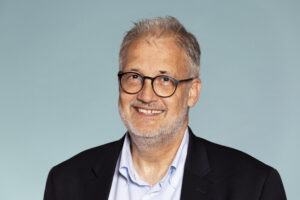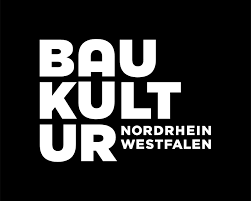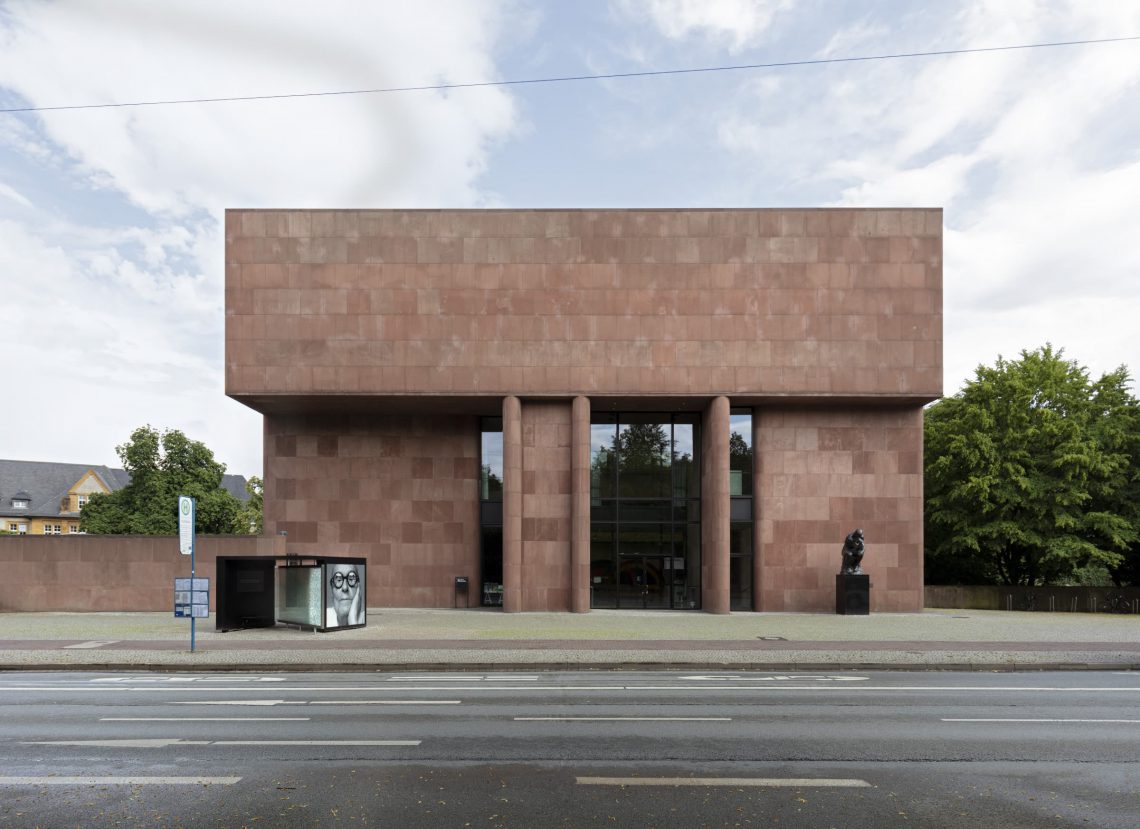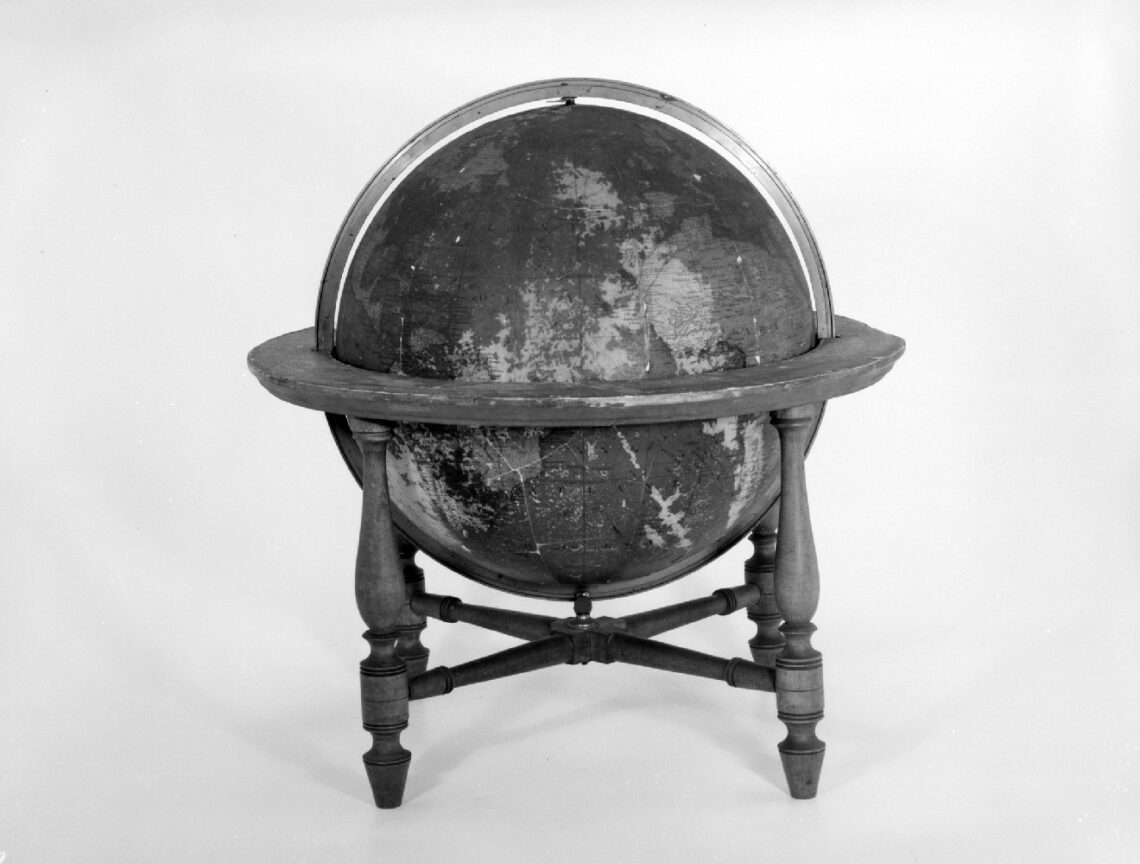Look up – the road to a green museum
A contribution by Prof. Dr. Stefan Simon
Director of the Rathgen Research Laboratory of the National Museums in Berlin, Prussian Cultural Heritage Foundation.
Lecture as part of the symposium
Yesterday. Today! Tomorrow?
From the museum of late modernism, its history and its future, monument protection, the “third place” or climate box versus climate crisis.
Part III, October 27 + 28, 2023
Climate box versus climate crisis. Fit for the future: the climate-neutral museum


Climate change has finally arrived in our museums, archives and libraries. It manifests itself, for example, in increasing risk scenarios such as severe weather events, but also in its own ecological footprint, which threatens to undermine its very own mission, the sustainable preservation of cultural heritage.
In terms of floor space, cultural heritage facilities are among the largest energy consumers in an urban context. In addition to the gray energy contained in new buildings, a major obstacle on the way to more climate friendliness is excessive air conditioning, which is traditionally based more on technical feasibility than on what is necessary for conservation.
But caring for the environment is a natural extension of one of the central tasks of cultural heritage institutions, namely to act as trustees and sustainable stewards of their collections for the future. It is therefore high time for museums, archives and libraries to “look up” and realign their priorities.

You can watch the recording of the entire talk here.

Director of the Rathgen Research Laboratory of the National Museums in Berlin, Prussian Cultural Heritage Foundation.
Stefan Simon has held this position since 2005. Trained as a conservation scientist, Stefan Simon earned his doctorate in chemistry from Ludwig Maximilian University in Munich, Germany, studying the weathering and conservation of marble. In the intergovernmental organization ICCROM, the “International Centre for the Study of the Preservation and Restoration of Cultural Property,” he represented Germany on the Council and served as its Vice President.
As founding director of the Institute for the Preservation of Cultural Heritage (IPCH) and director of Global Cultural Heritage Initiatives at Yale University, New Haven, CT (2014-2019), Stefan Simon has primarily prioritized the development of sustainable preservation strategies, driven by the climate crisis and “green museum” debates. He has co-initiated a series of events of the same name in Germany since 2010.
From 2001-2005, he was head of the Building Materials Section at the Getty Conservation Institute in Los Angeles. Stefan Simon has been an honorary professor at X’ian Jiaotong University (PR China) since 2009, and at TU Berlin since 2013. He is the author and co-author of more than 150 publications in the field of “Heritage Science”.
The symposium is sponsored and supported by:



Gallerie



